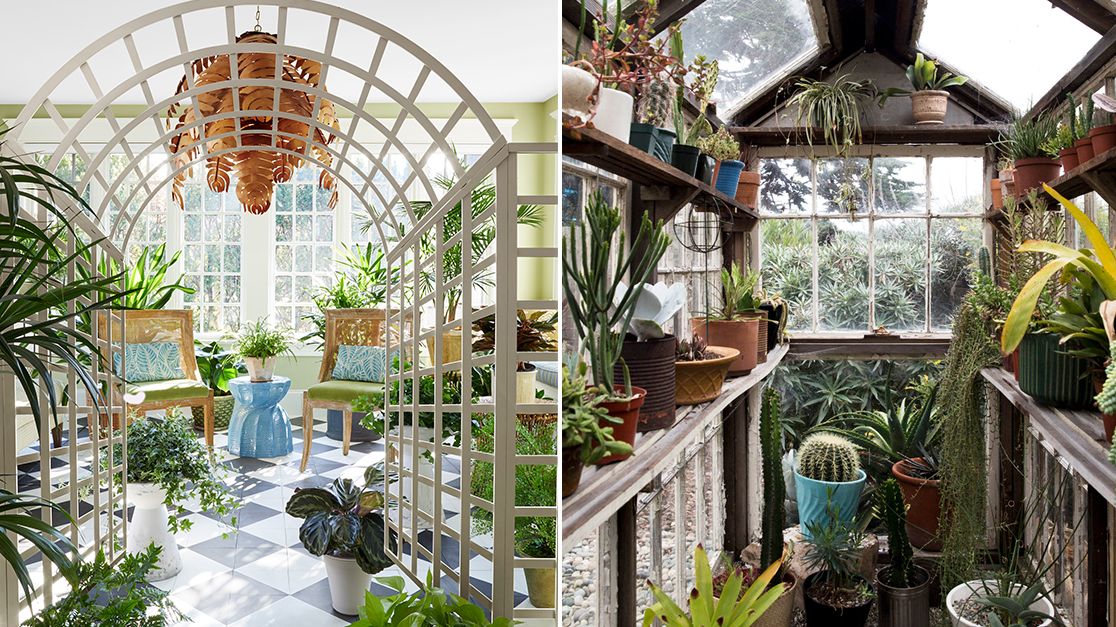Tailored to Excellence: Monarch Custom Greenhouse Utah Workmanship
The Future of Greenhouses: Technologies in Lasting Agriculture
Are you curious concerning the future of greenhouses and how they are reinventing lasting agriculture? Look no more! In this article, we will discover the amazing innovations that are leading the way for a greener and extra efficient farming market. From sophisticated environment control systems to upright farming techniques, water-efficient irrigation techniques, renewable resource assimilation, and clever information analytics, these advancements are transforming the method we expand our food. Prepare to uncover the future of lasting agriculture in greenhouses!
Advanced Environment Control Solution
To accomplish ideal expanding conditions, you can depend on the innovations in greenhouses with sophisticated environment control systems. These systems have actually revolutionized the method we grow plants, offering a regulated environment that is favorable to plant development. With these ingenious systems, you can now control temperature level, humidity, light degrees, and even carbon dioxide concentrations to develop the best conditions for your plants to thrive.
Among the key attributes of these sophisticated environment control systems is their capability to regulate temperature level. By utilizing sensing units and automated controls, the greenhouse can change the temperature based on the certain needs of the plants. This makes certain that they are never ever revealed to extreme heat or chilly, which can be detrimental to their development.
Humidity control is an additional critical aspect of these systems. By keeping the perfect humidity levels, you can avoid problems such as mold, mildew, and disease from influencing your plants. These systems can likewise manage the quantity of light that gets to the plants, ensuring that they receive the optimum quantity for photosynthesis.
Furthermore, advanced climate control systems can even control CO2 focus. By boosting the degrees of CO2 in the greenhouse, you can enhance plant growth and efficiency. This is particularly useful in areas with low natural carbon dioxide degrees.
Upright Farming Strategies
One important upright farming strategy is making use of stacked expanding systems. Monarch Custom Greenhouse Utah. These systems include arranging plants in numerous layers, vertically stacked on top of each other. By making use of upright area, farmers can maximize their crop yield without requiring added land. Stacked expanding systems are commonly used in urban locations where area is restricted.
One preferred approach is recognized as upright hydroponics, where plants are grown in nutrient-rich water without dirt. This technique is extremely efficient as it reduces water use by as much as 90% contrasted to standard farming approaches. Additionally, given that the plants are expanded inside your home, they are secured from diseases and pests, decreasing the demand for pesticides.
One more strategy is aeroponics, which involves putting on hold the plant origins in a haze or air atmosphere. This method allows for optimal nutrient absorption and oxygenation, causing faster development and higher yields. Aeroponics additionally makes use of less water than conventional farming and can be executed in vertical systems, making it a popular selection for upright farming.
Water-efficient Irrigation Methods
Making best use of water preservation is important when it comes to applying water-efficient watering approaches in sustainable agriculture. With global water shortage becoming a pushing problem, it is crucial to create ingenious strategies that enhance water use in greenhouse procedures.
One promising approach is drip irrigation, which provides water directly to the plant origins, minimizing waste and dissipation. By using a network of tubes with tiny emitters, water is applied gradually and precisely, making sure that plants receive the needed moisture without excess overflow.
An additional effective strategy is using soil dampness sensors. These tools measure the wetness web content in the soil and supply real-time data to farmers. By keeping an eye on the dirt's moisture levels, farmers can properly determine when and just how much water to use, preventing over-irrigation.
Furthermore, the execution of rainwater harvesting systems is gaining appeal in greenhouse agriculture. Accumulating rainwater from roofs and keeping it in containers enables farmers to use this natural resource for watering purposes, minimizing reliance on standard water sources.
Finally, the adoption of automated watering systems can considerably boost water efficiency. These systems make use of sensing units to spot dirt wetness degrees and climate condition, changing watering schedules appropriately. By maximizing water usage based upon real plant needs, these systems can decrease water waste and advertise sustainable farming methods.
Renewable Power Integration
Eco-friendly energy integration in greenhouses supplies numerous benefits, consisting of lowered operating costs and lowered dependence on non-renewable energy resources. The produced power can then be made use of to run numerous operations within the greenhouse, such as heating, lighting, and ventilation original site systems. These generators harness wind power and convert it right into electrical energy, which can be utilized to supplement the power requirements of the greenhouse.
Smart Information Analytics and Automation
To improve the efficiency of your greenhouse procedures and maximize source use, consider executing wise information analytics and automation. Smart data analytics includes collecting and examining data from different sensors and gadgets within your greenhouse.
This can consist of automating the control of lights, air flow, watering systems, and nutrient distribution. By automating these procedures, you can ensure that your plants receive the appropriate problems and nutrients at the appropriate time, without the demand for continuous manual treatment.
Moreover, wise information analytics and automation can interact synergistically. The data collected by sensing units can be made use of to inform automatic systems, permitting them to make real-time modifications based on the present conditions. This assimilation of data analytics and automation can bring about a lot more efficient and specific resource allocation, inevitably leading to higher returns and better crop quality.
Final Thought
In verdict, the future of greenhouses in sustainable agriculture looks encouraging. With advanced environment control systems, upright farming techniques, water-efficient irrigation approaches, and renewable power integration, greenhouses are ending up being sea oats extra environmentally friendly and effective.
:max_bytes(150000):strip_icc()/SPR-HOME-6-best-greenhouses-4157678-01-08afeecb96714335891b91534228fd26.jpg)
By optimizing water usage based on real plant demands, these systems can decrease water waste and promote sustainable farming practices.
